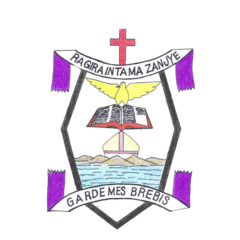About Us
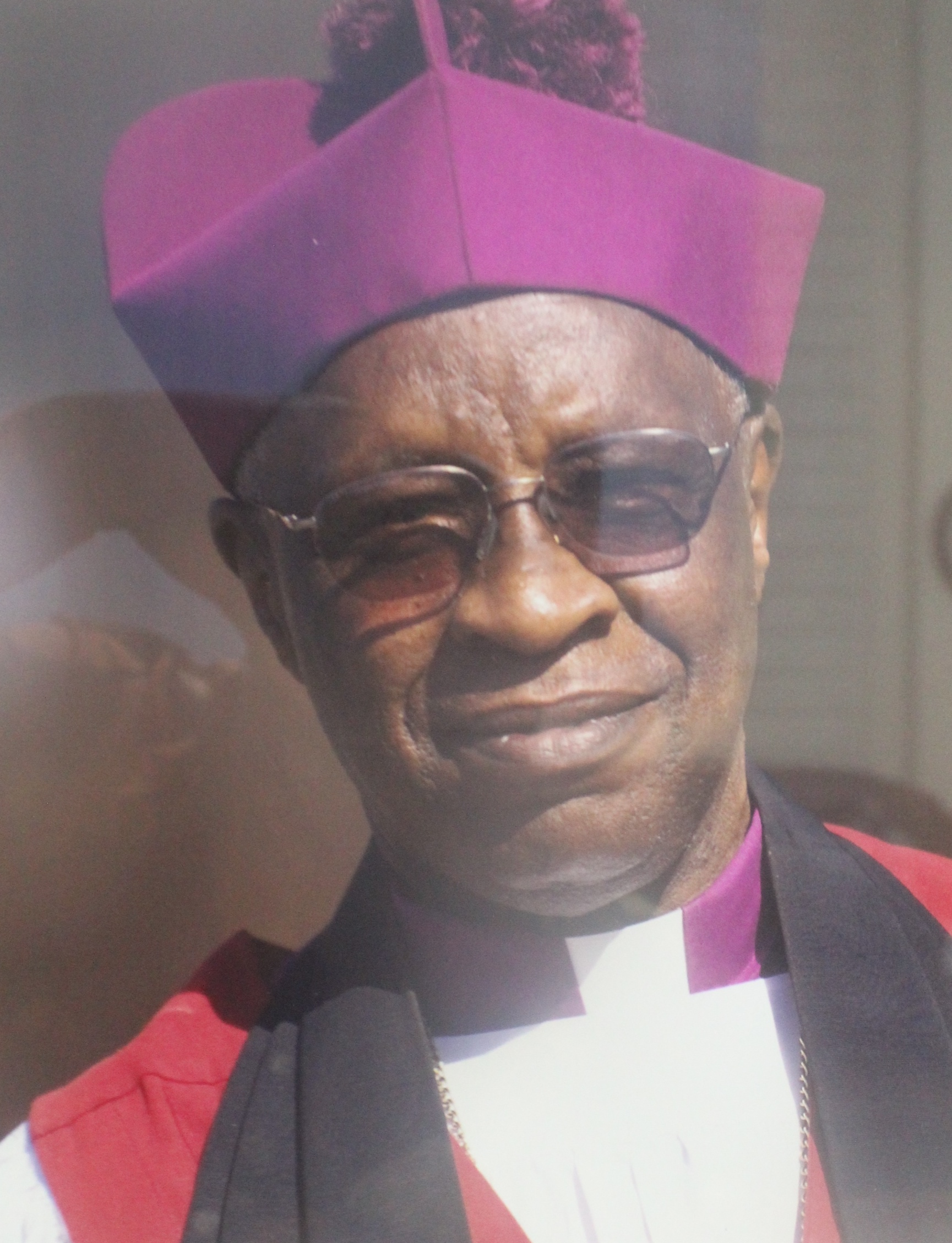
Rt. Rev. John K. Rucyahana.
Rt. Rev. Dr Mbanda Laurent.
Rt.Rev.Dr Sam Mugiraneza Mugisha
According to Semabumba Ephraim, the retired Diocesan secretary of Shyira Diocese and Rev. Fabien Byiringiro says that the history of St. John the Baptist Cathedral begins in way back 1957 as a local congregation of Ruhengeri (when it was founded as a town) still under Kigali Diocese. By that time there was no church building, people prayed under trees until a missionary called Sisley came from Shyira hills where we assimilate the name of the Diocese (Shyira Diocese) and built a Chapel with bricks and classes for students around 1968 under Gitare parish and this Parish was born in 1963.
Later on Ruhengeri was promoted to be a Parish and Archdeaconry in 1974 as St. Peter’s as the name of the church, seat under the leadership of its first parish priest Archdeacon Andree Pfukuri in 1974.
By then, Gitare parish became under Ruhengeri Archdeaconry and this archdeaconry covered the whole of Ruhengeri, Gisenyi, Kibuye, district today, which was still in Kigali Diocese. Other pastors who served as leaders of this Archdeaconry included
Arch. Rukimbira Ezekiel (1982-1984)
Rev. Can. Philip Ntawunkanze (1984-1991)
Arch Ntirivamunda Thomas (1991-1992)
Rev Munyazikwiye Elisee (1992-1993)
Rev. Emmanuel Rukera (1993-1994)
who was replaced by Rev. Byiringiro Fabien from 1994 up to 2007 succeeded by Rev. Canon Emmanuel Ndimukaga (2008-2009) who served as a Senior Pastor until then succeeded by Rev. Vicar Mujyambere Callixte 2009 who served as a vicar until 2012 who was also succeeded by Rev. Mushimiyimana Samuel (2012-2017),
Rev Niyibizi Eugene (2017-2018)
Subdean Twinobusinge Augustin( 2018-2020)
Arch. Ngabo G. Augustin 2020 until today.
After Ruhengeri parish became an archdeaconry Gitare parish turned into a parish under the new Ruhengeri Archdeaconry. It was then from 8th June 1997 Ruhengeri parish became St Peter’s Cathedral by which Bishop John K. Rucyahana was consecrated and enthroned as the second bishop of Shyira Diocese. From 25th July 2004 St. Peter’s Cathedral changed the name to St John the Baptist Cathedral after the construction of the new modern church. Today St John the Baptist Cathedral Chapter oversees five parishes which are under the leadership of a vicar at the cathedral.
Like any other congregation St. John the Baptist Cathedral started with Christian music in its small setting. It’s like other 332 congregations in the whole Shyira Diocese which was founded in 1984.
From the time go, Christian music in the early St. John the Baptist Cathedral, had three parts where One person would have a short stick/rod and drum drumming while the choir or choir leader led a certain particular song and lastly the congregation singing along. It was mostly the times of high level of revival when hymns were sang while a small numbers of the congregation had hymns books especially priests and lay leaders and the whole church would learn the songs very fast and so dedicated to learn every new song and sing it largely as a whole.
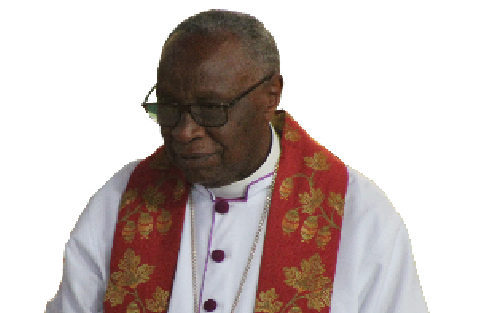

Rt. Rev. John K. Rucyahana.
Bishop of Shyira Diocese from 1997-2010
As time went on in early 70s several churches started inserting sound system which only catered largely to voice speaking than instruments. As time went on Christian music begun to promoted thinking one how sound system would promote music as a whole till today when music is recorded and shared to our home sound sets whether audio or visual files. Much as there has been several dynamic of Christian music today, it looks to have lost its glimpse to make its significance meaning.
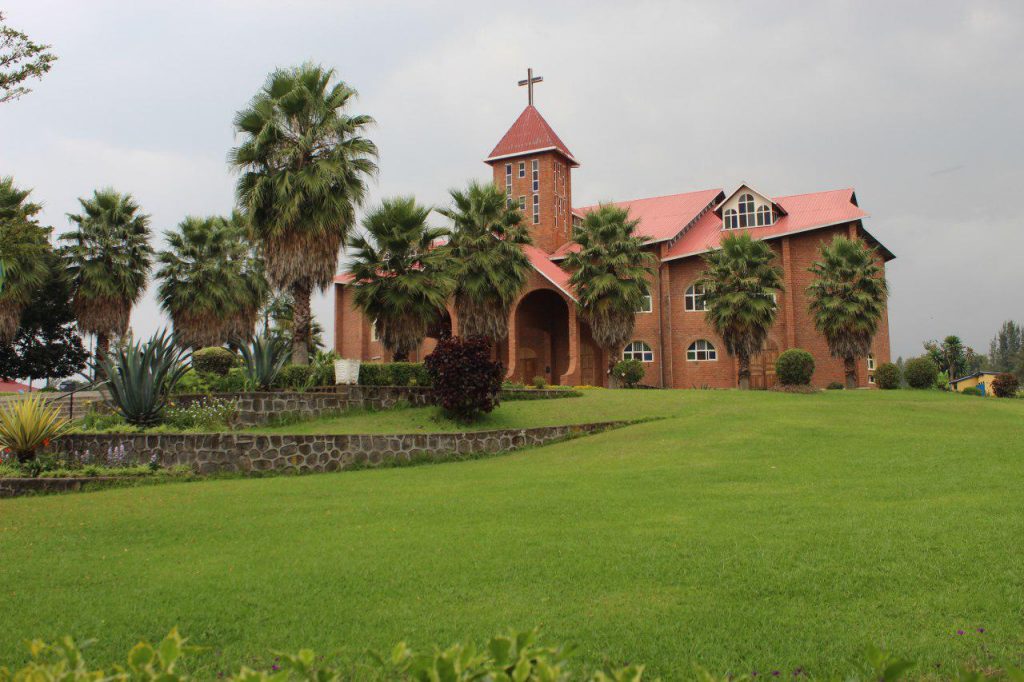
St. John the Baptist Cathedral Chapter is located in Musanze district in the Northern Province of Rwanda. It is located in agriculturally productive area which produces Rwanda’s main food crop of Irish potatoes and vegetables. The area covered by St John the Baptist Cathedral depends on substance farming. This area has four distinct seasons that affect its economy. Between September and December is the rainy season called ‘UMUHINDO”, when most of the planting is done. Between January and early March is the short dry season known locally as “URUGARYI.” This is when the first harvest is done. The follows the main rainy season between late March and May locally known as “ITUMBA”. This is the second time when planting and weeding of crops is done. The follows the longer dry season between June and August known as “ICYI”. This happens to be the main harvesting time of all the crops. It is also the time for preparing land “GUSEKERA” for planting in early September. The main food crops grown in this area includes: Sorghum, beans, peas, Wheat, Irish potatoes, bananas, maize, millet and vegetables. There is also some livestock keeping including cattle keeping, goats and chicken .The urban area of Musanze is economically dominated by the Commerce, handcrafts and banking activities.
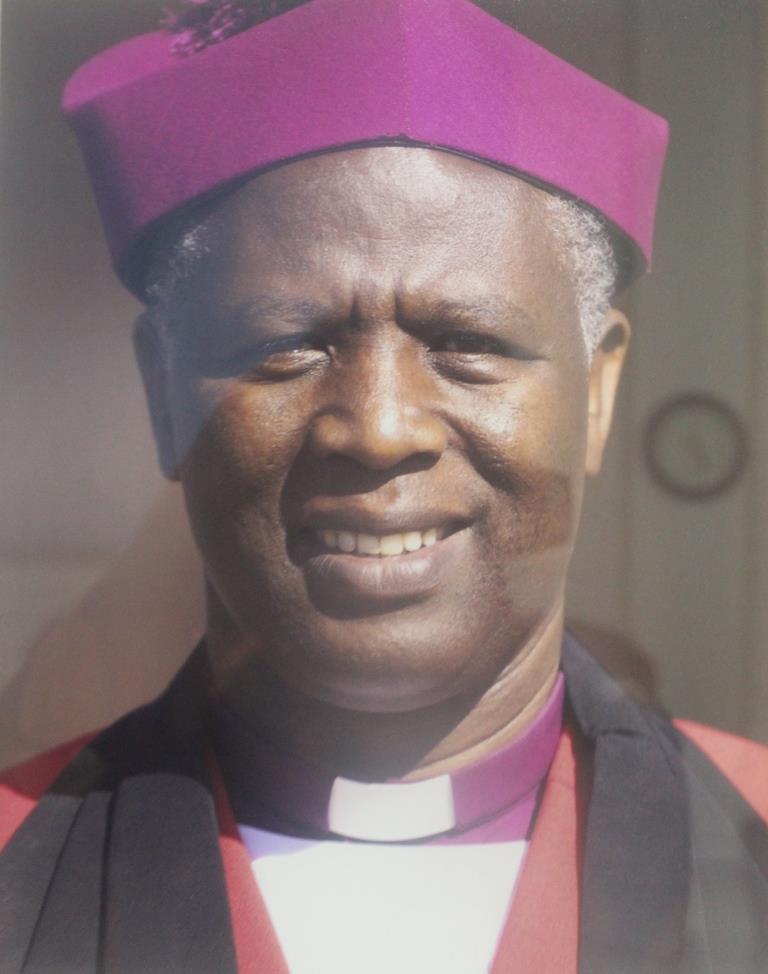
Rt. Rev. Dr Mbanda Laurent.
Bishop of Shyira Diocese from 2010-2017
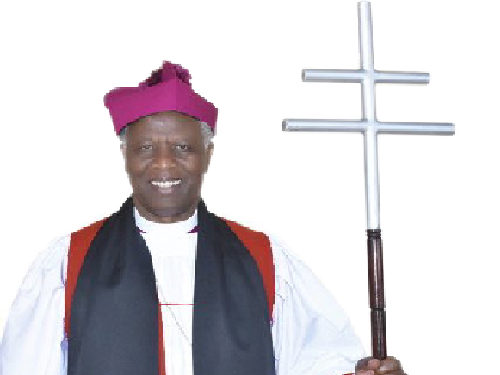
Social – Political Information
Like other congregations, St. John the Baptist Cathedral baptized several people with different social-political background. Afterward significant initiatives and efforts by the church but also by the government has taken place in building unity and reconciliation among people who had pain in their hearts. For instance the former president of Mothers Union of Shyira Diocese Canon Hariet Rucyahana started an association of women called Inyakurama which is composed by the three old social classes in Rwanda Tutsis, Hutus, and Twas and has played a big role in bringing together different people for reconciliation. The fruits from different initiatives and efforts has led St. John the Baptist Cathedral Chapter to grow in a holistic way.
St. John the Baptist Cathedral is Located in Shyira Diocese. The above is located in the Musanze district, the most mountainous district of Rwanda. Diocese’s headquarters is in Ruhengeri. Work to meet the needs of our faith communities in the Musanze, Burera, Gakenke and Nyabihu districts.
Established in 1984, the Shyira Diocese is: 332 local congregations served through 49 parishes and 23 sub-parishes with 96,096 church memberships. 52 primary and secondary schools subsidized by the government, but whose spiritual leadership, nurture and infrastructure development is in the hands of the diocese. 217 pre-primary child care centers in our local congregations designed to offer pre-primary education and care where the government does not. Sonrise Christian Boarding School whose mission is to provide the educational, physical, health and spiritual needs of the children that God has placed in our care. A health center, 694 economics savings groups created to empower people economically and foster saving. Mother’s Union, a women’s ministry that also runs economic empowerment programs designed to teach widowed and HIV+ women marketable skills. Have a mission to proclaim the Good News of Jesus Christ, nurture believers, encourage and enable Christians to live after Jesus in obedience of the Holy Scripture.

Rt.Rev.Dr Sam Mugiraneza Mugisha
Bishop of Shyira Diocese from 2018 until Now
Like any other congregation St. John the Baptist Cathedral started with Christian music in its small setting. It’s like other 332 congregations in the whole Shyira Diocese which was founded in 1984.
As time went on in early 70s several churches started inserting sound system which only catered largely to voice speaking than instruments. As time went on Christian music begun to promoted thinking one how sound system would promote music as a whole till today when music is recorded and shared to our home sound sets whether audio or visual files. Much as there has been several dynamic of Christian music today, it looks to have lost its glimpse to make its significance meaning.
St. John the Baptist Cathedral Chapter is located in Musanze district in the Northern Province of Rwanda. It is located in agriculturally productive area which produces Rwanda’s main food crop of Irish potatoes and vegetables. The area covered by St John the Baptist Cathedral depends on substance farming. This area has four distinct seasons that affect its economy. Between September and December is the rainy season called ‘UMUHINDO”, when most of the planting is done. Between January and early March is the short dry season known locally as “URUGARYI.” This is when the first harvest is done. The follows the main rainy season between late March and May locally known as “ITUMBA”. This is the second time when planting and weeding of crops is done. The follows the longer dry season between June and August known as “ICYI. This happens to be the main harvesting time of all the crops. It is also the time for preparing land “GUSEKERA” for planting in early September. The main food crops grown in this area includes: Sorghum, beans, peas, Wheat, Irish potatoes, bananas, maize, millet and vegetables. There is also some livestock keeping including cattle keeping, goats and chicken .The urban area of Musanze is economically dominated by the Commerce, handcrafts and banking activities.
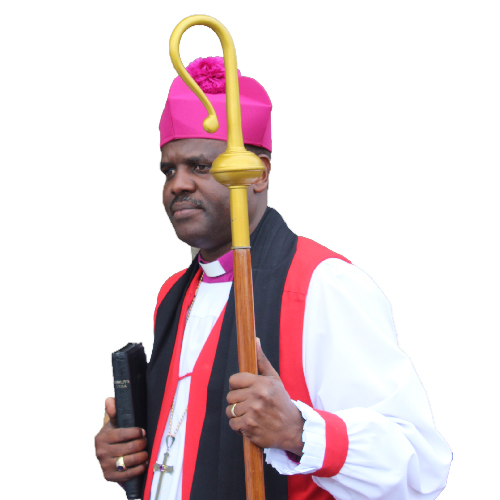
Like other congregations, St. John the Baptist Cathedral baptized several people with different social-political background. Afterward significant initiatives and efforts by the church but also by the government has taken place in building unity and reconciliation among people who had pain in their hearts. For instance the former president of Mothers Union of Shyira Diocese Canon Hariet Rucyahana started an association of women called Inyakurama which is composed by the three old social classes in Rwanda Tutsis, Hutus, and Twas and has played a big role in bringing together different people for reconciliation. The fruits from different initiatives and efforts has led St. John the Baptist Cathedral Chapter to grow in a holistic way.
